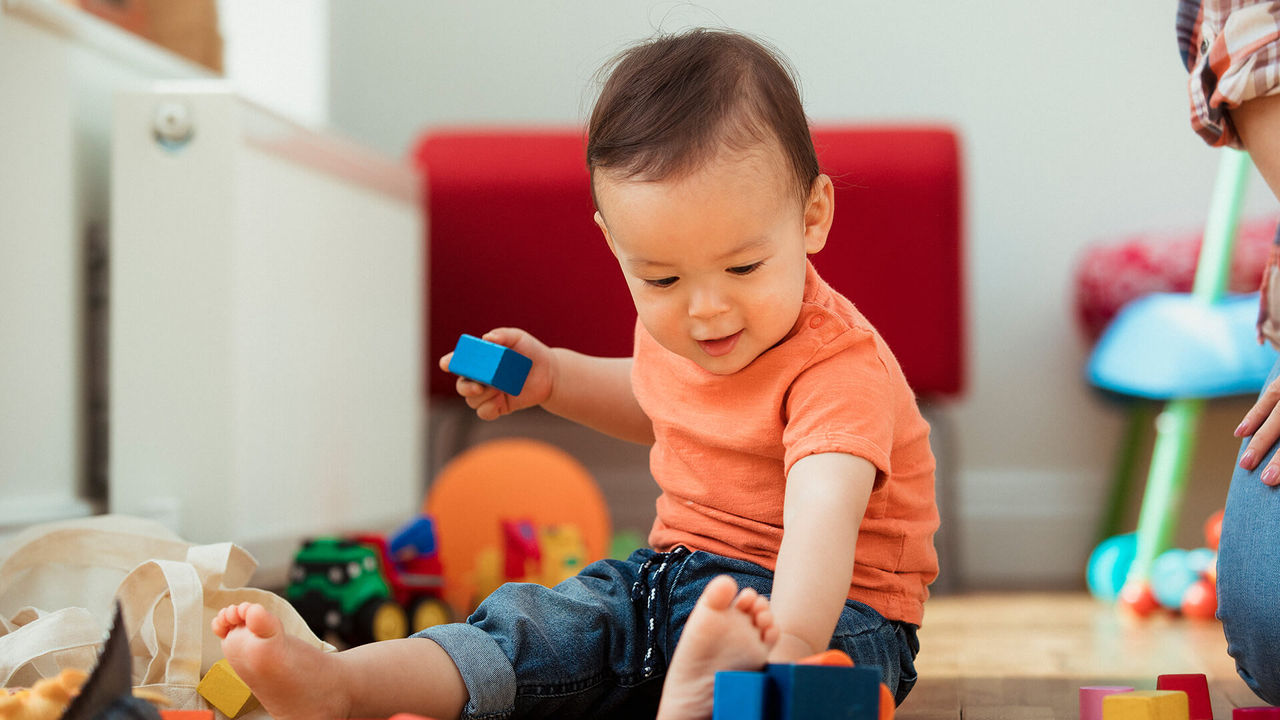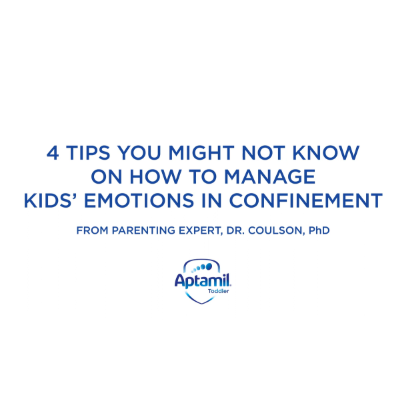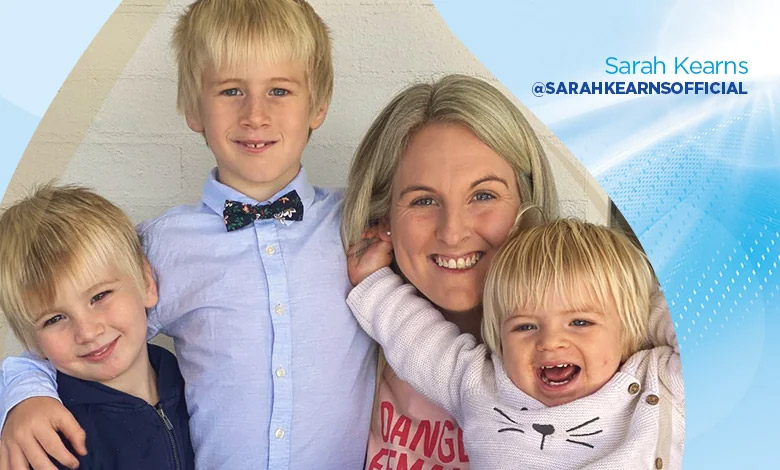- Choose a flight time that best suits your child’s schedule
- Preparation and smart packing are key to a smooth journey
- Airlines allow you to bring you own food – so prep reliable favourites before you leave
7 tips for making your child’s first flight easier

Key points
Your first plane trip with your little one could bring up competing feelings: there’s the excitement of heading away, the stress of the extra planning required, and the fear that the whole experience could be a turbulent one. While travelling with babies or toddlers can be daunting, a little preparation can help to minimise tantrums and ensure a smooth flight. Here are 7 tips to make your first plane ride with your child easier on you, your little one, and the people around you.
1. Choose your flight time
When travelling with babies or toddlers, try and choose a departure time that suits their schedule. A morning flight, when your child is alert and cooperative, will probably be much easier than an afternoon or evening flight, when they’re tired and hungry – especially for long-haul travel. It’s also worth trying to book a direct flight, even if it’s more expensive. A flight with stopovers might save you some money, but a shorter trip will save your sanity.
2. Dress appropriately
Not just you, but your little one, too. Aeroplanes are notoriously cold, so dress them for the flight, not the destination. Pack extra changes of clothes in your carry-on for both you and them in case of spills or leaks, and choose onesies with magnets or zips (not buttons) to streamline the process of changing nappies in the sky.
3. Get familiar with the flight staff
If you’re concerned about how your child’s behaviour will affect other passengers, it will help to get the flight staff – who most likely have their own bag of tricks – on side. Rest assured that the flight attendants have probably seen it all and are there to be an extra set of hands if required. Introduce your family and explain that it’s your child’s first flight. Flight attendants can help you by fetching snacks, refilling water bottles or providing warm water for your child’s milk supplements. If you’re feeling extra generous, you could also make up ‘goodie bags’ with earplugs and a few lollies for the guests around you as a gesture of goodwill in case things get noisy.
4. Help soothe blocked ears
While adults understand that blocked ears are very common, especially during take–off and landing, for first-time flyers – particularly children and toddlers – it can be very unsettling. To minimise any ear discomfort, it’s helpful to breastfeed, take a bottle of their favourite drink, or provide a dummy if they take one. Sucking encourages swallowing, which opens the eustachian tubes (the small passageway which connects the throat to the middle ear).
5. Bring your own food
Relying on the airline meal to satisfy tiny tummies is a risky strategy, especially if your little one is going through a fussy phase with food. You’re safer relying on old favourites. Thankfully, most airlines allow you to carry on your own food and milk, including breast milk, baby formula and toddler milk drink. Pouches can help reduce mess (whether with store-bought or homemade contents), as can pre-made finger foods like omelette strips and sandwiches. If you bring baby formula and toddler milk drink, save time and stress by adding the dry mix to bottles at home – then once you clear security, buy a sealed bottle of water from the departure area. When it comes to warming the milk or water, the cabin crew are usually all too happy to help.
6. Get your iPad ready
And don’t let anyone judge you (including yourself!). To enjoy an hour or two of quiet time, download your child’s favourite show, nursery rhymes, songs, and educational videos – a necessity for long-haul flights. Most in-flight entertainment systems also have options for children, and don’t forget to bring your own child-friendly headphones.
7. Pack a play bag
An entertained child is a happy child, so pack things to stimulate their busy minds. From books to soft toys to stacking cups, these items will help prevent boredom – and hopefully tears. And if there’s a gadget at home that guarantees quiet time, such as an old TV remote (minus the batteries), pack that too. A kids’ travel tray can also make the journey easier. They strap onto any tray table to create a fun (and clean) surface for kids to play on or eat off.
Breast is best
Breast feeding is best for babies and provides many benefits. It is important that, in preparation for and during breast feeding, you eat a healthy, balanced diet. Combined breast and bottle feeding in the first weeks of life may reduce the supply of your own breast milk, and reversing the decision not to breast feed is difficult. The social and financial implications of using infant formula should be considered. Improper use of an infant formula or inappropriate foods or feeding methods may present a health hazard. If you use infant formula, you should follow manufacturer’s instructions for correct bottle preparation – failure to follow the instructions may make your baby ill. Always consult your doctor, midwife or health care professional for advice about feeding your baby.
Related pages

Get in touch with our Careline experts
When your little one is unhappy or unwell you want reliable support from a trusted source. Our Careline team of nutritionists, dietitians and midwives specialise in infant and child health, offering free nutrition, feeding and product information.



